December 2017
The Hidden Life of Trees
07/12/17 18:41
Peter Wholleben, The Hidden Life of Trees: What they Feel, How they Communicate; Discoveries from a Secret World (Vancouver: Greystone Books), 2015.
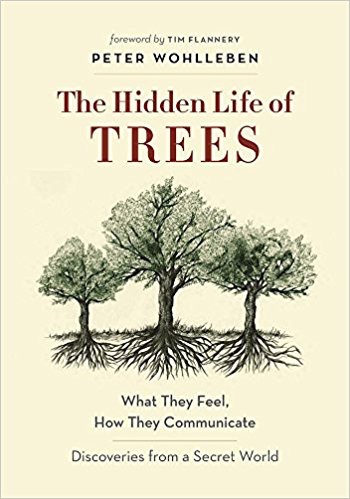
However, one night when I didn't have much else to read, I returned to the book and over the next few days completed reading it. It is clearly full of well-researched and insightful observations about trees and their role in complex ecological systems. There was plenty of new to me information about the interaction between trees and fungi, about connections between trees in close proximity to each other and about the effects of human activities upon the forest ecology.
I wouldn't use the same language to talk about what is going on, but it is clear that I learned quite a bit from reading the book and it is likely information that I would have missed had it been contained in an academic text book. I don't routinely read forestry texts. The popular format and the widespread reading of the book brought it to my attention and I did read it cover to cover.
There are definitely different perspectives, but Wohlleben's is worth consideration.
Beyond Tolerance
07/12/17 18:20
Gustav Niebuhr, Beyond Tolerance: How People Across America Are Building Bridges Between Faiths (New York: Penguin Group), 2008.
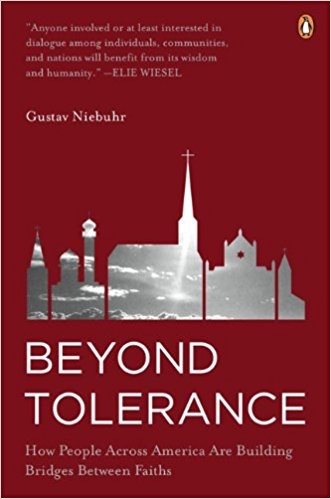
With a journalist's eye and interview skills, Niebuhr has done his homework, looking for examples of people in America who are engaged in building interfaith connections and conversations. Christians, Jews, Baptists, Muslims, Buddhists and Episcopalians are reaching out to one another and building bridges and Niebuhr has been diligent in documenting some of those connections.
Niebuhr stands in a long line of theologians and church leaders. His great grandfather and namesake was an immigrant minister, who had three children who distinguished themselves in theology. His grandfather, H. Richard Niebuhr and his great uncle, Reinhold Niebuhr, both were meticulous and productive in their theological publications and served on the faculty of theological seminaries. This book may not quite be up to the standards of his famous forebears. While it is interesting and a good piece of sociological observation, it is a bit less impressive as a book of theology. Still I recommend it to those interested in interfaith dialogue in our time.
The Clancys of Queens
06/12/17 17:55
Tara Clancy, the Clancys of Queens: A Memoir (New York: Crown Publishing Group), 2016
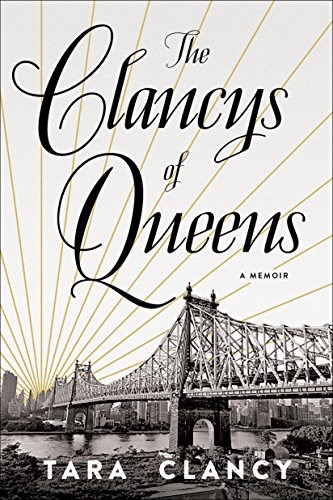
The book is part coming-of-age, part telling of good stories, and part a rowdy and funny commentary on the behavior of adults in a large and complex family. The book is a gem and a genuine light on a life that I'll never live, but can really appreciate.
Tightwads on the Loose
05/12/17 18:59
Wendy Hinman, Tightwads on the Loose: A Seven Year Pacific Odyssey (Seattle, WA: Salsa Press) 2012.
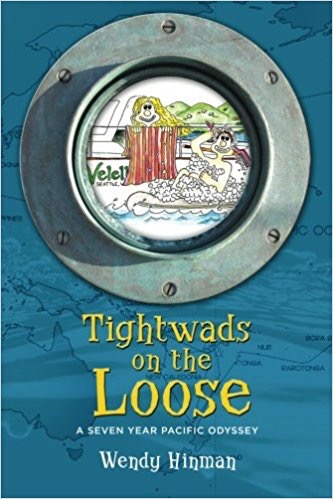
Hinman is an excellent storyteller and she certainly enables the reader to enter into the drama of their adventures without even getting our feet wet. The stories of a nearly 50-day open water crossing, of the storms they chased and missed, their adventures in trading for the necessities of life, and jobs that they did in order to keep things together and continue their adventure are all engaging and make it difficult to put the book down.
This is a great read for an armchair adventurer and someone who dreams of buying their own boat and heading off to the tropics. The doses of reality that the book offers keep one from quitting one's day job too soon, but the book is a joy to read full of humor and adventure.
A Man for All Oceans
04/12/17 17:41
Stan Grayson, A Man for All Oceans: Captain Joshua Slocum and the First Solo Voyage Around the World (Thomaston, ME: Tilbury House Publishers) 2017.
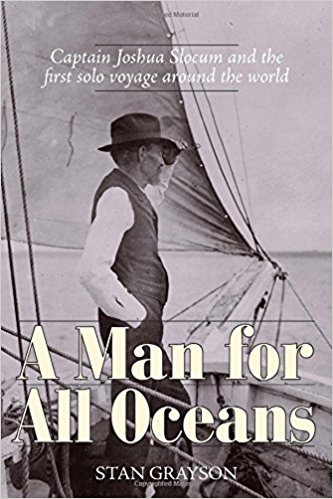
Lovers of sailing, lovers of adventure, lovers of history and lovers of the lore of the sea will all enjoy this book and its contributions to the field of literature that surrounds the first solo circumnavigation of the globe. The ship was relatively small, the distances were incredibly great, the odds were against a successful adventure, yet Slocum persisted and accomplished what had not before been done and earned his place in the history and the lore of sailing and the sea.
The Divine Dance
04/12/17 14:47
Richard Rohr, The Divine Dance: The Trinity and Your Transformation (New Kensington, PA: Whitaker House) 2016.
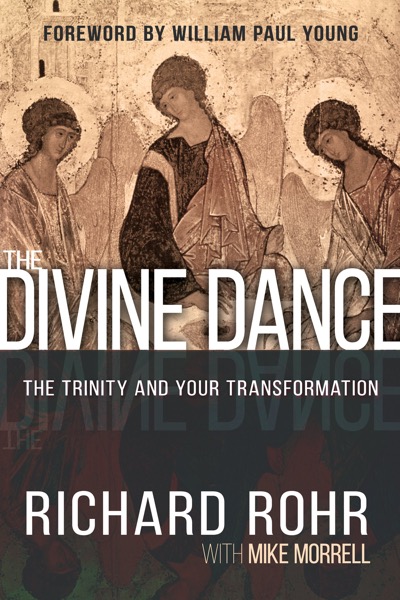
When we think of God as individual, we are limited by all sorts of things that appear, on the surface, to be contradictions. How can God be the Creator and also be Jesus in Jesus' human form? How does the Holy Spirit fit into all of this? Have our images of God as an old man who presides over heaven like the patriarch of a dying clan render an image of God that is irrelevant in our time? How much of these old notions of God make God unbelievable to modern thinkers?
Rohr invites seekers to think of God primarily in terms of relationship. God as community, as friendship, as dance is a different image of the divine nature than is typically cited by modern thinkers who claim that they do not believe in God. As has often been said, "The god in which you do not believe is a god in which I also do not believe. The God in which I believe seems to be absent from your criticisms and from your thinking."
This is an easy book to read and an open invitation to think differently about the nature of God and how God participates in human life.
Tides
04/12/17 09:49
Jonathan White, Tides: The Science and Spirit of the Ocean (San Antonio Texas: Trinity University Press) 2017.
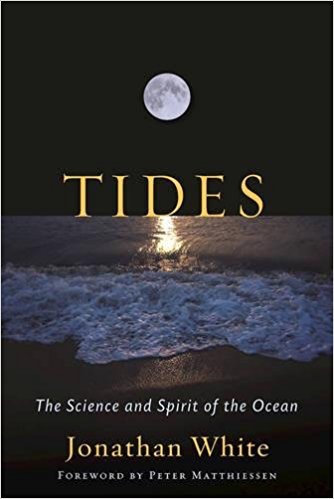
Like other topics that engage me, the movement of tides is incredibly complex. the motion of the earth, the gravitational pull of the Moon, Sun and other objects, the currents of rivers flowing into the sea, the shape of coasts and dozens of other factors influence the rise and fall of tides and the ocean currents that result from this movement.
Sprinkled in with the analysis are true stories of incredibly high tidal bores, first hand observations of areas of incredible tides, information on the threat posed by rising ocean levels and more. Yet White does not minimize the sheer mystery of the tides. The book is remarkably engaging and will continue to be a good reference for this mid-continent dweller who occasionally visits coasts.
Sea Trials
04/12/17 07:44
Wendy Hinman, Sea Trials: Around the World with Duct Tape and Bailing Wire - A True Story (Seattle: Salsa Press) 2017.
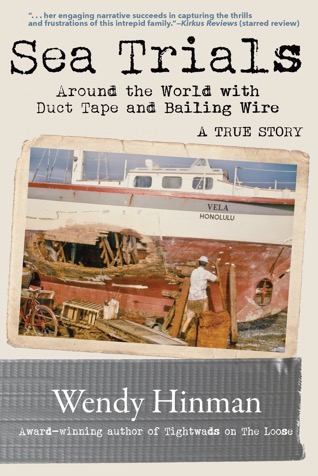
The book is a tribute to the relationship that Hinman has forged with her husband and her inlays. Her sensitivity to the emotions of the parents as they went through this journey is remarkable. At times the book reads as if it had been written by her mother in law.
For those of us who like sea adventures, this book is an adventure worth reading. And for those who enjoy loving families, here is an example of how relationships can be strained and strengthened through adversity. This is no idealized, model family. It is a real family in a set of incredible circumstances. The story is remarkable.
Portage
02/12/17 17:43
Sue Leaf, Portage: A Family, a Canoe, and the Search for the Good Life (Minneapolis: University of Minnesota Press) 2015.
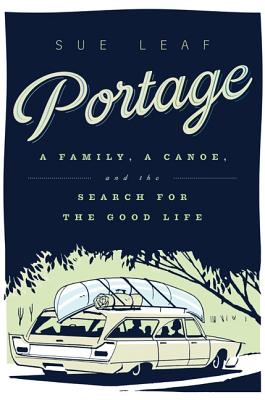
Like all families, theirs has a few missed opportunities, a few mistakes, and a lot of good choices. The fact that the author waited to write until after a lifetime of adventures really adds to the value of the volume. It is essential a collection of good essays about canoe trips that have been taken and adventures that have been shared. The concluding remarks about the value of water and the dangers of development is especially poignant because of the lifetime of adventuring from which her perspective has grown.
This is a very easy read, a very fun book, and one to which I can imagine myself returning again and again.
One Thousand Miles Past the Last Gas Station
01/12/17 17:35
Vernon Huffman, One Thousand Miles Past the Last Gas Station: The Story of Bike4Peace (Amazon) 2016.
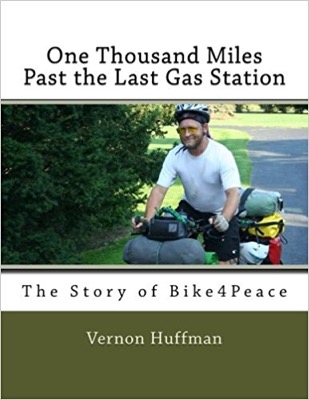
It did remind me of the compassion I have for the various women with whom my brother has hooked up over the years. Let's just say that he hasn't been much for long-term commitments and that a guy who has been married four times has a bit of explaining to do. That explaining, however, and the details of relationships included in the book, hardly contributes to the story of an excellent cause: Bike4Peace. His multiple cross-continent bicycle trips are an amazing feat. His commitment to living an environmentally sustainable lifestyle is commendable. And the story of those bike trips is worth telling. It is likely that someone who does not know him quite as well as I might enjoy the story a bit better.
Always an idealist, Vernon presents a bit of an idealistic view of his family as well. Our great grandfather Roy did do a lot of bicycle riding. He also was a dedicated and complete keeper of personal journals. He never mentioned the aversion to automobiles that Vernon imagines in his book. The story, however, does serve to bring together some desperate ideas in at least the mind of the author.
My dear brother has done a commendable thing by writing his story. It is convenient that he went through the process of publishing it so I can have an actual book. And he will get a few folks to read the story that they might not otherwise have known.
I wonder what story he might tell if he included in the book the fact that less than a year after it was published he has become the owner of an automobile.